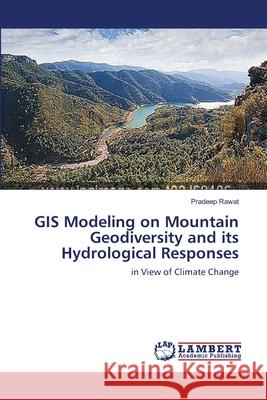GIS Modeling on Mountain Geodiversity and its Hydrological Responses » książka
GIS Modeling on Mountain Geodiversity and its Hydrological Responses
ISBN-13: 9783659346811 / Angielski / Miękka / 2013 / 188 str.
Mountains occupy about 24% of the earth surface area and store water in the form of snow, glaciers, permafrost, wetlands, and rivers, and they supply watersheds by providing ground water recharge. The populations who live in mountain areas benefit from these services, but the main beneficiaries of this enormous water storage capacity are the multitudes who live in the vast basin areas downstream. Mountains also represent a key opportunity to detect trends of climatic change and to assess climate related geo-hydrological impacts. Dwarfing all other mountains of the world in sheer height, Himalaya is the youngest mountain system, which is still undergoing tectonic movement due to prevailing geological conditions. Keep in view this; the proposed book report here an attempt to develop a GIS (Geographical Information Science) database management system (DBMS) on Himalaya mountain geo-diversity to assess its hydrological responses in relation to climate change.
Mountains occupy about 24% of the earth surface area and store water in the form of snow, glaciers, permafrost, wetlands, and rivers, and they supply watersheds by providing ground water recharge. The populations who live in mountain areas benefit from these services, but the main beneficiaries of this enormous water storage capacity are the multitudes who live in the vast basin areas downstream. Mountains also represent a key opportunity to detect trends of climatic change and to assess climate related geo-hydrological impacts. Dwarfing all other mountains of the world in sheer height, Himalaya is the youngest mountain system, which is still undergoing tectonic movement due to prevailing geological conditions. Keep in view this; the proposed book report here an attempt to develop a GIS (Geographical Information Science) database management system (DBMS) on Himalaya mountain geo-diversity to assess its hydrological responses in relation to climate change.











